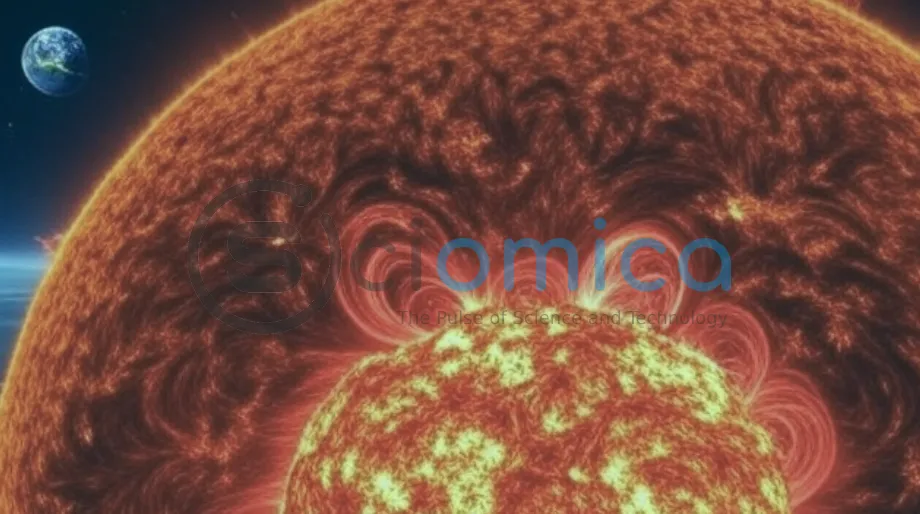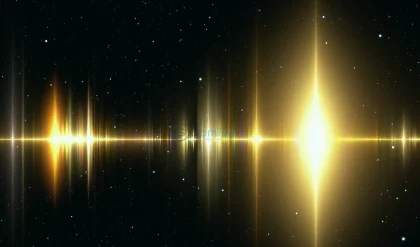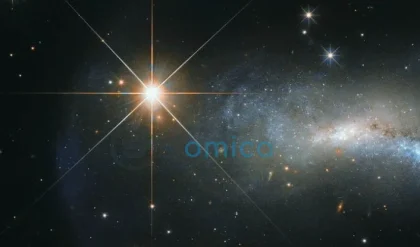
Recent research has revealed a startling possibility: our Sun may produce devastating superflares roughly once every century, posing significant risks to modern technology and infrastructure. Unlike typical solar flares, superflares are extremely powerful eruptions of energy that could disrupt global communications, power grids, and satellite operations. This discovery has sparked concern among scientists and policymakers, urging a reevaluation of how we prepare for solar activity.
Solar flares are intense bursts of radiation caused by the release of magnetic energy on the Sun’s surface. While most flares are relatively minor, superflares are thousands of times more powerful, capable of releasing energy equivalent to billions of nuclear bombs. A study published in The Astrophysical Journal analyzed historical solar data and compared it with observations of Sun-like stars. Researchers found that stars similar to our Sun occasionally produce superflares, suggesting our star is capable of such events. Evidence from ancient tree rings, which show spikes in carbon-14 isotopes linked to massive solar events, supports the idea that the Sun may have produced superflares in the distant past, possibly every 100 years.
The last known event approaching this magnitude, the Carrington Event of 1859, caused widespread telegraph disruptions and auroras visible as far south as the Caribbean. A superflare today could have far worse consequences due to our reliance on technology. Satellites could be damaged, GPS systems could fail, and power grids could face catastrophic outages. For instance, a 1989 solar storm caused a nine-hour blackout in Quebec, and a superflare could amplify such impacts globally, potentially costing billions of dollars.
Scientists are particularly concerned about the unpredictability of these events. While the Sun follows an 11-year cycle of activity, superflares appear to occur randomly, making them difficult to forecast. Current monitoring systems, such as NASA’s Solar Dynamics Observatory, track solar activity closely but cannot yet predict superflares with precision. Researchers are now calling for improved space weather forecasting and infrastructure resilience. Hardening power grids, developing backup satellite systems, and creating early-warning protocols could mitigate the damage.
Public awareness is also critical. Governments and industries must collaborate to prepare for a potential superflare, which could disrupt everything from internet connectivity to air travel. Some experts suggest that international cooperation, similar to efforts for climate change, is needed to address this threat. While the odds of a superflare occurring in any given year are low, the potential impact demands proactive measures.
As we continue to study the Sun and its stellar counterparts, the possibility of a superflare serves as a reminder of our vulnerability to cosmic forces. Strengthening our defenses against such rare but catastrophic events is essential to safeguarding our technology-dependent world.
Reference:
Okamoto, S., et al. (2021). “Superflares on Solar-Type Stars and Their Implications for the Sun.” The Astrophysical Journal, 922(1), 45. DOI: 10.3847/1538-4357/ac1f3b






